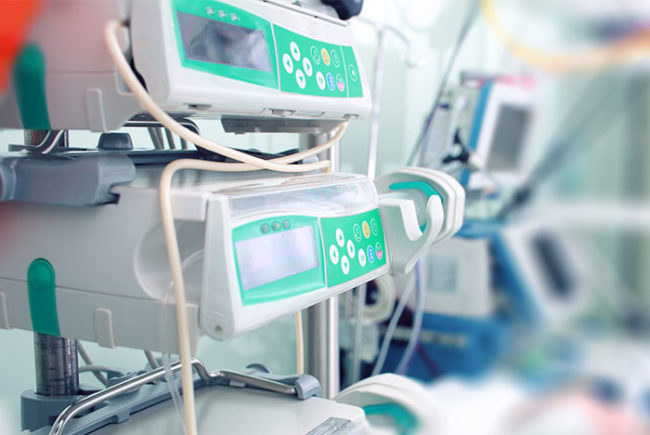While patient safety is always a top priority for the nation's hospitals and other health care providers, Patient Safety Awareness Week provides a dedicated time and a platform to increase recognition of this important issue among health professionals and the public.
An initiative of the National Patient Safety Foundation, the event's website at www.unitedforpatientsafety.org touts a number of social media promotions, such as a Twitter chat, webcast and photo campaign, as well as printed materials to support the patient safety mission.
As administrators and clinicians gear up for this year's observance on March 12–18, it's easy to forget the important work of facilities professionals in ensuring patient safety in the built environment. However, the efforts expended throughout the design, construction and operations continuum are the foundation upon which the rest of the health care organization is able to excel.
It starts with architects using their deep knowledge and the most recent evidence-based design research to plan spaces that improve safe patient care, followed by project teams experienced with the health care environment and able to meticulously plan construction activity and infrastructure installations to affect patient care positively during the project and for years afterward.
Facilities managers and engineers then take over the difficult task of operating and maintaining the facilities, monitoring the parameters of essential safety variables related to the mechanical-electrical-plumbing and technology infrastructures and their applicable codes and standards as well as the continued performance of building materials as they age, wear and require safe replacement.
These tasks are concurrent with biomedical professionals safeguarding medical systems against patient safety vulnerabilities like nuisance alarms and malware; and environmental services playing a key role in maintaining surface safety and responding to patient requests. Of course, this is not to mention all that other operational departments do to keep a facility's patients safe, such as security, infection prevention, risk management and supply chain.
Patient safety remains a top priority for the nation's health care organizations. Given the complexity of these enterprises, it's not surprising that their efforts run deeper than many people realize.
Mike Hrickiewicz is editor of Health Facilities Management and can be reached at mhrickiewicz@aha.org.





